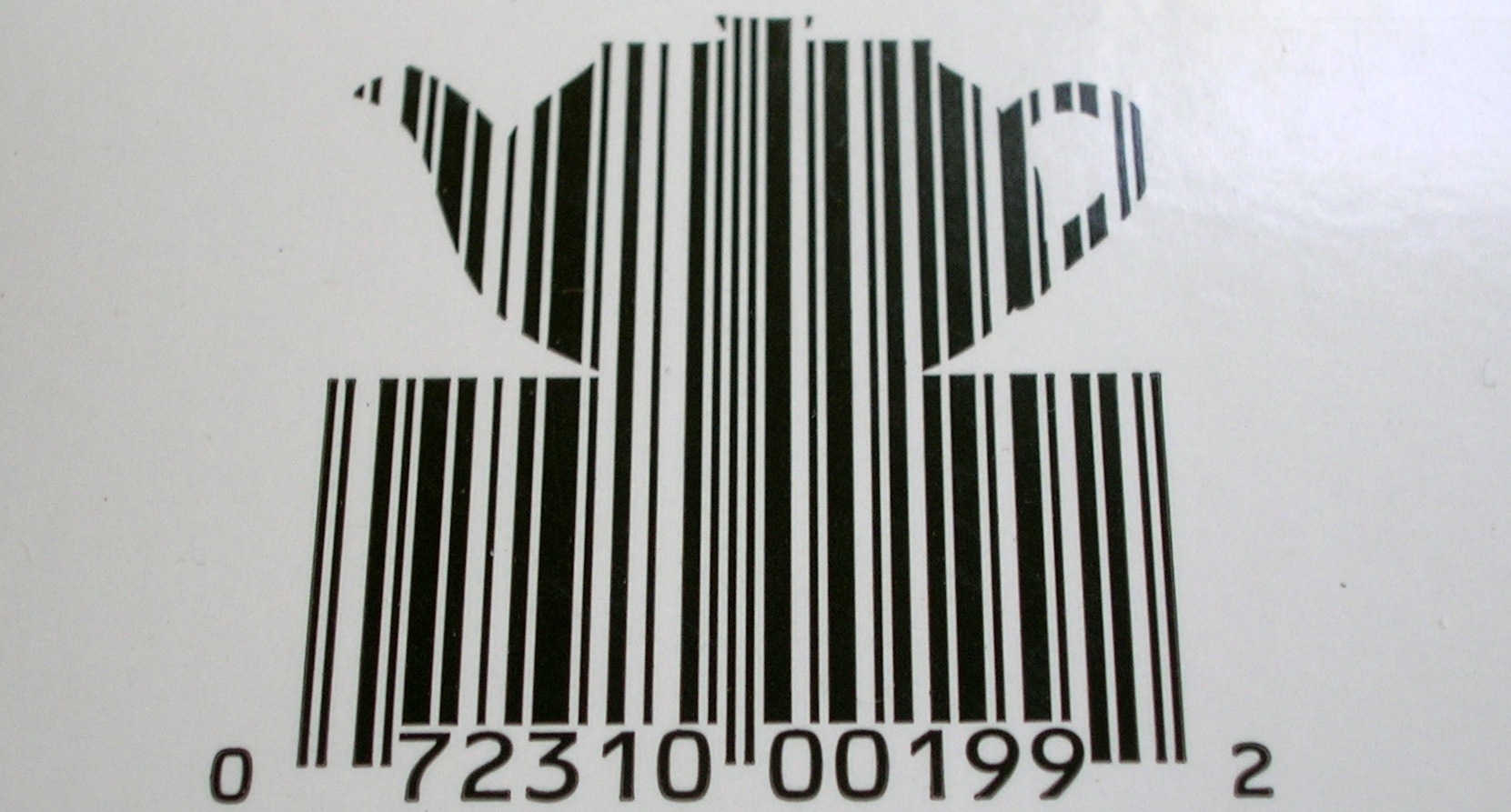What’s a DOI again?
11/08/2016

A DOI is a Digital Object Identifier and is often used as a persistent, unique identifier for an article, dataset, or other digital object. There are other ways to provide a persistent link to a digital object, but the DOI is probably the most common.
Why use them?
Citations for any digital object, such as articles or datasets, should include a DOI (as highlighted in our quick referencing guide pdf), but why? It’s because a DOI is permanent and can always be used to link to the resource.
It’s better than providing a link pointing to a publisher site, for example, in case the site name changes or the content moves to a different one. A DOI will never change and will always provide access to the object.
How do I use a DOI as a link to the object?
All DOIs start with 10 and include letters, numbers, and punctuation; two examples are 10.5284/1000389 and 10.17862/cranfield.rd.3380086.v1. They are also often seen in the format of a hyperlink, for example: https://doi.org/10.5284/1000389. This has three parts:
- https://doi.org – this is the resolver service
- 10.5284 – this is the prefix, which identifies the assigning body (for example, Cranfield University’s prefix is 10.17862)
- 1000389 – this is the suffix, which identifies the resource (each assigning body decides how to generate these suffixes, whether running numbers, random strings, or meaningful text; CORD uses ‘cranfield.rd.randomnumber’)
It’s very useful to remember that if you’re presented with a DOI which doesn’t take the form of a link, you can usually access the resource by prefixing it with “https://doi.org/”.
How do I get a DOI for my items?
If you publish a journal article, the publisher will assign it a DOI; this has been standard practice for a long time. But some other platforms are also able to generate DOIs. For example, CORD, Cranfield Online Research Data can assign DOIs, so any supporting research output published on CORD is given one. But do remember that obtaining a DOI for an item is a permanent step – so do only publish genuine items!
Does that mean I can’t edit something once it has a DOI?
No, don’t worry! Repositories often version items, so you’ll see in our example ‘10.17862/cranfield.rd.3380086.v1’ that it ends in ‘v1’. If a new version of the digital object is uploaded, that original DOI will still work and display that first version, but the new version will also be accessible with its own DOI of 10.17862/cranfield.rd.3380086.v2 and would be directly accessible at https://doi.org/10.17862/cranfield.rd.3380086.v2.
Image uses Teapot Barcode by Eppu Jensen available at https://www.flickr.com/photos/eppujensen/10732568604 under CC-BY-SA licence
Categories & Tags:
Leave a comment on this post:
You might also like…
Introducing…. BankFocus (Orbis)
For anyone researching the financial sector, BankFocus is a great place to start, providing financial and company data for finance institutions and companies from across the world. The service allows you to search for a ...
The Implications of US Tariffs on global supply chains
US President Donald Trump's new tariff policies announced on April 2, 2025 are expected to cause significant disruptions to the global supply chains, affecting multiple sectors and countries. A simple mathematical equation uses a country’s ...
Mastering the art of revising your writing
You’ve done the research and written your first draft. Now it’s time for one of the most crucial jobs as a writer - revising your writing to ensure your reader does not have to work ...
A ‘hands-on’ take on warehouse design as part of my Logistics and Supply Chain MSc
As part of my core module for my Logistics and Supply Chain Management MSc, I had the amazing opportunity to work on a warehouse design project a few weeks ago. The problem statement for ...
Thinking about your literature review?
As part of your PhD or Master’s thesis, you will probably have to write a literature review. A successful literature review will offer an analysis of the existing research in your field, demonstrating your understanding ...
A beginner’s guide to sourcing a company beta
Beta is the measurement of a company’s common stock price volatility relative to the market. If you’re trying to find a current beta for a company there are a number of places to look. These ...






